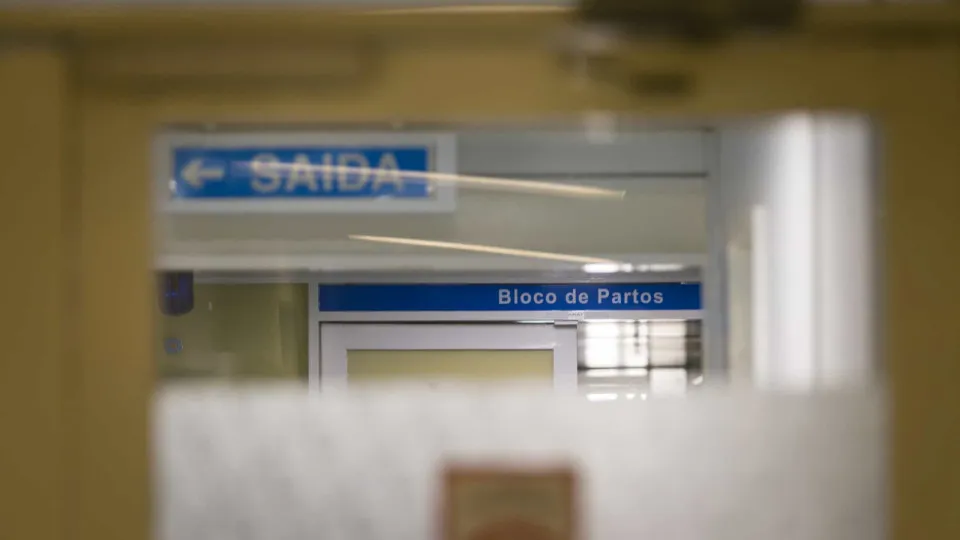
Imports from Argentina, Brazil, Paraguay, and Uruguay rose by 4.2% in 2023, while exports decreased by 1.3%.
In 2024, Brazil was the largest partner among the four Mercosur countries, with 89.5 billion euros, followed by Argentina with 16.4 billion euros.
The majority of imports from Mercosur were primary goods (81.3% of the total), whereas the main exports of the EU to Mercosur were manufactured goods (86.6% of the total).
In terms of value, the most imported products by the EU were oil and related materials (12.1 billion euros), animal feed (7.1 billion euros), coffee, tea, cocoa, and spices (5.2 billion euros), ores and metal scrap (4.9 billion euros), and oilseeds and oleaginous fruits (3.7 billion euros).
Among these products, imports of oil and related materials saw the most significant increase in the past ten years, reaching 10.6 billion euros.
The most exported products from the EU to Mercosur were medicinal and pharmaceutical products (6.8 billion euros), machinery and industrial equipment in general (5.4 billion euros), road vehicles (4.8 billion euros), specialized machinery for specific industries (3.4 billion euros), and electrical machinery, appliances, and devices (three billion euros).
Exports of medicinal and pharmaceutical products increased by 85.9% compared to 3.7 billion euros in 2014, marking the largest growth among these products.
According to the EU’s statistics service, over the last decade, EU imports increased by 18.8 billion euros (50.3%), and exports went up by 11.1 billion euros (25.1%).




